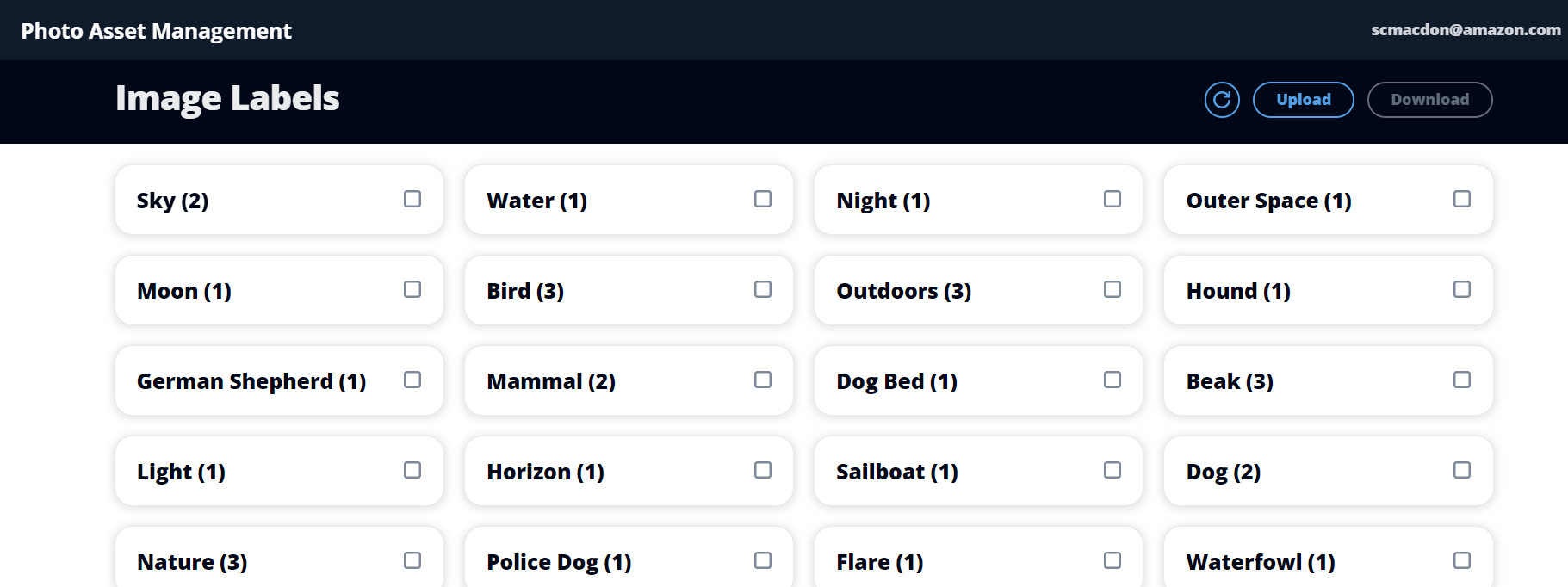

我遵循这个https://aws.amazon.com/blogs/developer/using-atomic-counters-in-the-enhanced-dynamodb-aws-sdk-for-java-2-x-client/的目标是使用原子计数器生成唯一的ID,但我总是得到null这两个例子:
我的代码如下所示:
@DynamoDbBean
public class CustomerDocument {
private String root;
private Long updateCounter;
private Long customCounter;
@DynamoDbPartitionKey
public String getRoot() {
return this.root;
}
public void setRoot(String id) {
this.root = id;
}
@DynamoDbAtomicCounter
public Long getUpdateCounter() {
return this.updateCounter;
}
public void setUpdateCounter(Long counter) {
this.updateCounter = counter;
}
@DynamoDbAtomicCounter(delta = 5, startValue = 10)
public Long getCustomCounter() {
return this.customCounter;
}
public void setCustomCounter(Long counter) {
this.customCounter = counter;
}
}
存储库
CustomerDocument document = new CustomerDocument();
document.setRoot(root);
customerTable.updateItem(document);
CustomerDocument retrievedCustomer = customerTable.getItem(document);
retrievedCustomer.getUpdateCounter(); // null
retrievedCustomer.getCustomCounter(); // null
customerTable.updateItem(document);
retrievedCustomer = orderCounterTable.getItem(document);
retrievedCustomer.getUpdateCounter(); // null
retrievedCustomer.getCustomCounter(); // null
对这个问题有什么想法吗?
只要您正确设置代码,此功能就可以正常工作。我们有一个使用DynamoDb原子计数器的无服务器照片资产管理应用程序。
在此示例中,前端是一个React应用程序。后端使用AWSSDKJavaV2。每次应用程序使用Amazon Rekognition找到新标签时,计数列都会使用DynamoDbAnalyicCounter递增。这是ReactUI。您可以看到每个标签的标签计数。

这是使其工作的适用代码。
这是使用必要注释的DynamoDB类——例如@DynamoDbAnalyicCounter。
package com.example.photo;
import software.amazon.awssdk.enhanced.dynamodb.extensions.annotations.DynamoDbAtomicCounter;
import software.amazon.awssdk.enhanced.dynamodb.mapper.annotations.DynamoDbBean;
import software.amazon.awssdk.enhanced.dynamodb.mapper.annotations.DynamoDbPartitionKey;
import java.util.List;
@DynamoDbBean
public class Label {
private String id;
private Integer count;
private List<String> images;
@DynamoDbPartitionKey
public String getId() {
return this.id;
};
public void setId(String id) {
this.id = id;
}
@DynamoDbAtomicCounter (startValue = 1)
public Integer getCount() {
return this.count;
}
public void setCount(Integer count) {
this.count = count;
}
public List<String> getImages() {
return this.images;
}
public void setImages(List<String> images) {
this.images = images;
}
}
以下是与增强型客户端一起使用的方法:
private void addSingleRecord(DynamoDbTable<Label> table, String tag, String key) {
// Check to see if the label exists in the Amazon DynamoDB table.
// The count item uses an @DynamoDbAtomicCounter which means it is
// updated automatically. No need to manually set this value when the record is
// created or updated.
if (!checkTagExists(table, tag)) {
Label photoRec = new Label();
photoRec.setId(tag);
List<String> keyList = new ArrayList<>();
keyList.add(key);
photoRec.setImages(keyList);
table.putItem(photoRec);
} else {
// The tag exists in the table.
Key myKey = Key.builder()
.partitionValue(tag)
.build();
// Add the file name to the list.
Label myPhoto = table.getItem(myKey);
Label updatedPhoto = new Label();
List<String> imageList = myPhoto.getImages();
imageList.add(key);
updatedPhoto.setId(tag);
updatedPhoto.setImages(imageList);
table.updateItem(updatedPhoto);
}
}
请注意,这里有一个技巧——来自SDK团队:
“我知道发生了什么。这是因为我们正在重用我们从db中读取的带有‘getItem’的相同对象。如果您创建一个新对象并设置数据,它就可以工作。”
这可能是您问题的原因。创建一个新对象,增量就会发生。
您可以在AWS代码库中找到这个完整的示例。您可以编写后端代码并使用AWSCDK来独立存储资源并运行此应用程序。按照文档中的说明并按照CDK说明进行操作。按照所有操作后,您将看到应用程序在运行中以及正在运行的DynamoDb原子计数器。
见:
创建一个照片资产管理应用程序,让用户使用标签管理照片